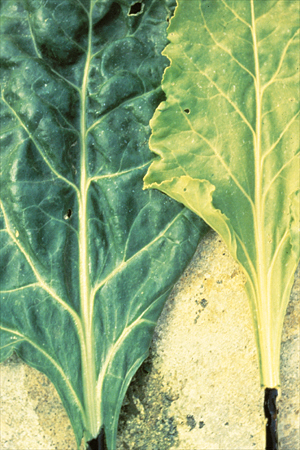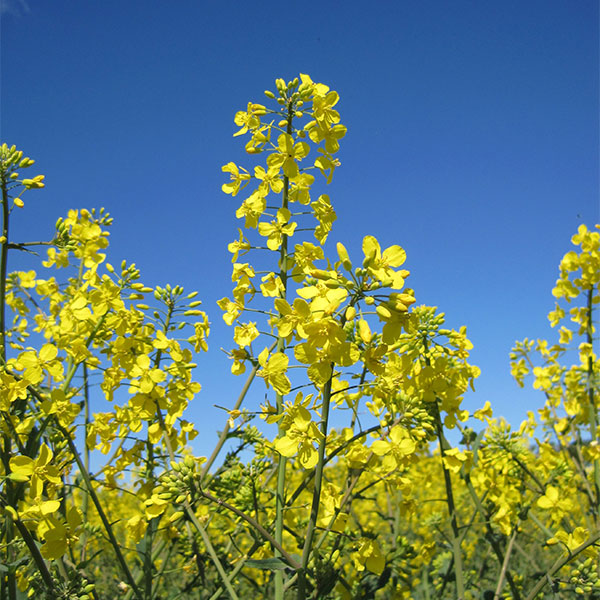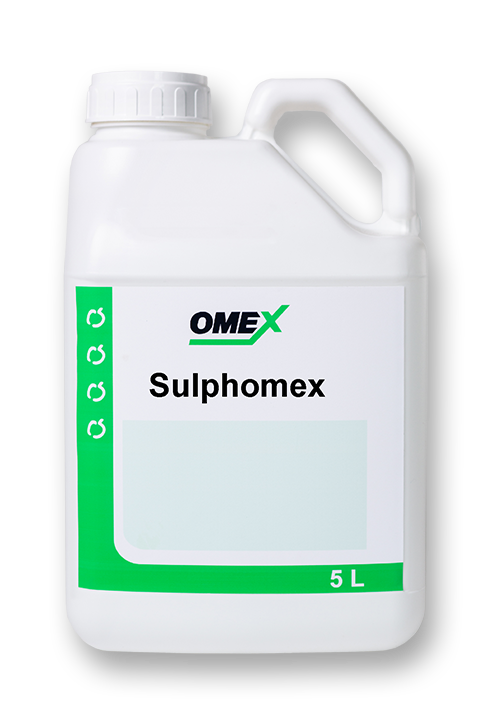Sulphur nutrient deficiency in plants

Positive blue diphenylamine test for nitrate in normal green (left and sulphur deficient yellow (right) leaves. Source: APS Digital Image Collections.
Form
Taken up as ionic Sulphate SO4-, Sulphur links with Nitrogen to build protein and promote canopy development.
Function
While Nitrogen is a growth promoter, Sulphur is a growth regulator, effectively balancing the manufacture of sugars and proteins in leaf tissue with the demand from these materials throughout the plant. As such, Sulphur plays a central role in maintaining green leaf area, growth rates and delaying senescence. Sulphur nutrient deficiency reduces Nitrogen metabolism, leaf expansion and plant development
Symptoms
Similar in appearance to Nitrogen stress, low Sulphur status induces a pale yellow chlorosis of the entire plant. Plants produce smaller leaves with lower chlorophyll and slower growth rates. Low Sulphur status can lead to elevated leaf concentrations of free Nitrogen, which can increase insect and disease pressure.
Significance
As mobility within the soil is very high, Sulphur demand is not often met without supplementation. Sulphur nutrient deficiency will restrict plant response to Nitrogen, influencing growth rates, senescence and disease resistance. Sulphur stress is often worse in cold, wet, compacted soils.
Actions
Check soil status and correct if necessary. Apply Sulphur with Nitrogen fertiliser. Foliar feed Sulphur during times of rapid growth, peak stress or high disease pressure.
If you require any further information about deficiency problems or any of our products please get in touch ????





